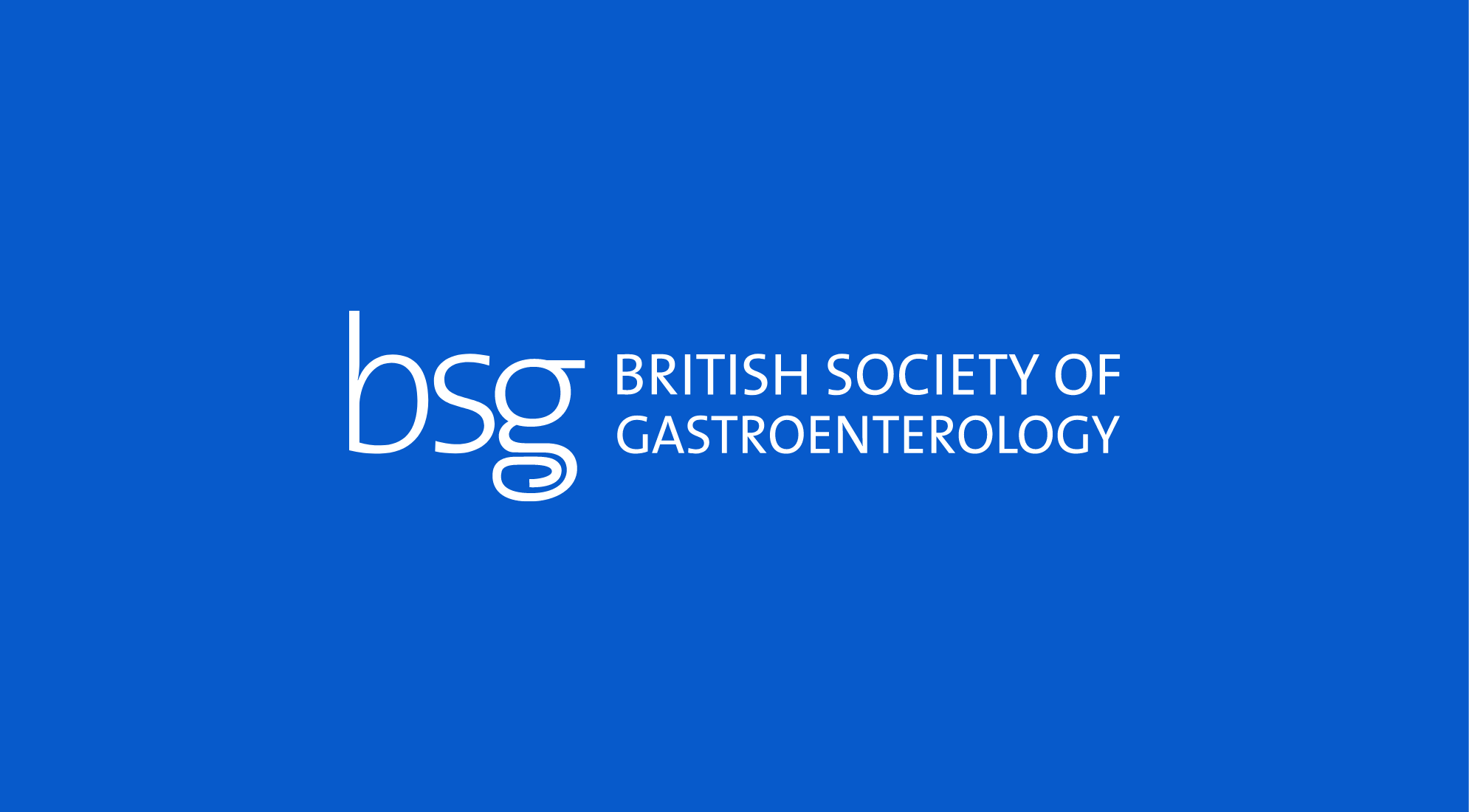Fitzgerald RC, di Pietro M, Ragunath K et al.
Abstract - 2013 Guideline
These guidelines provide a practical and evidence-based resource for the management of patients with Barrett’s oesophagus and related early neoplasia. The Appraisal of Guidelines for Research and Evaluation (AGREE II) instrument was followed to provide a methodological strategy for the guideline development. A systematic review of the literature was performed for English language articles published up until December 2012 in order to address controversial issues in Barrett’s oesophagus including definition, screening and diagnosis, surveillance, pathological grading for dysplasia, management of dysplasia, and early cancer including training requirements. The rigour and quality of the studies was evaluated using the SIGN checklist system. Recommendations on each topic were scored by each author using a five-tier system (A+, strong agreement, to D+, strongly disagree). Statements that failed to reach substantial agreement among authors, defined as >80% agreement (A or A+), were revisited and modified until substantial agreement (>80%) was reached. In formulating these guidelines, we took into consideration benefits and risks for the population and national health system, as well as patient perspectives. For the first time, we have suggested stratification of patients according to their estimated cancer risk based on clinical and histopathological criteria. In order to improve communication between clinicians, we recommend the use of minimum datasets for reporting endoscopic and pathological findings. We advocate endoscopic therapy for high-grade dysplasia and early cancer, which should be performed in high-volume centres. We hope that these guidelines will standardise and improve management for patients with Barrett’s oesophagus and related neoplasia.
Guidelines on the Diagnosis and Management of Barrett’s Oesophagus – 2015 Update
Tony Tham, Secretary BSG Clinical Services and Standards Committee
This is an update to the management of low grade dysplasia in the recent BSG guidelines on Barrett’s oesophagus. The new recommendation is that patients with LGD should have a repeat endoscopy in 6 months time. If LGD is found in any of the follow up OGDs and is confirmed by an expert GI pathologist, the patient should be offered endoscopic ablation therapy after review by the specialist MDT. If ablation is not undertaken, 6-montly surveillance is recommended. For the full text of the update, please go to the link below:
Read More

